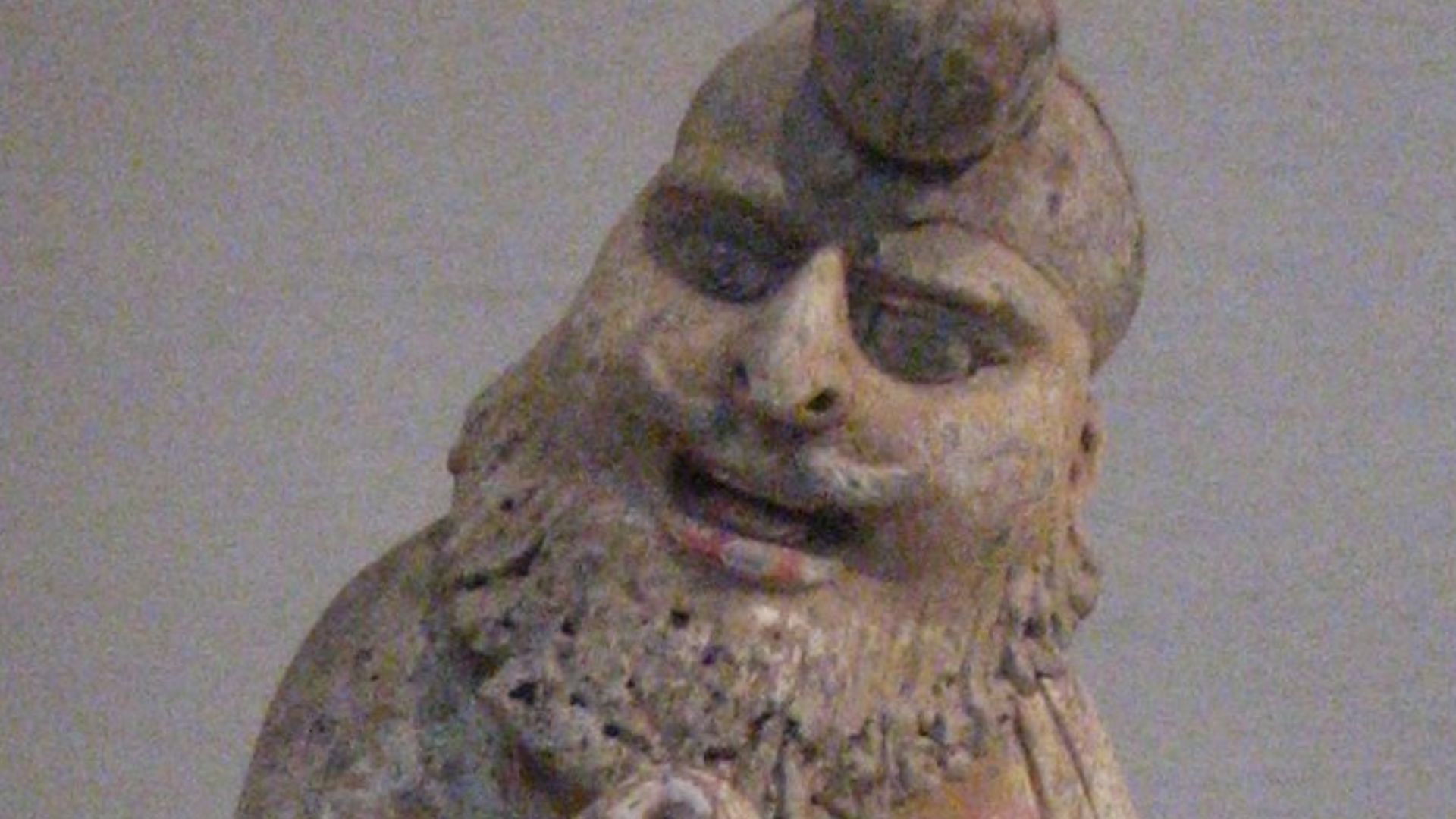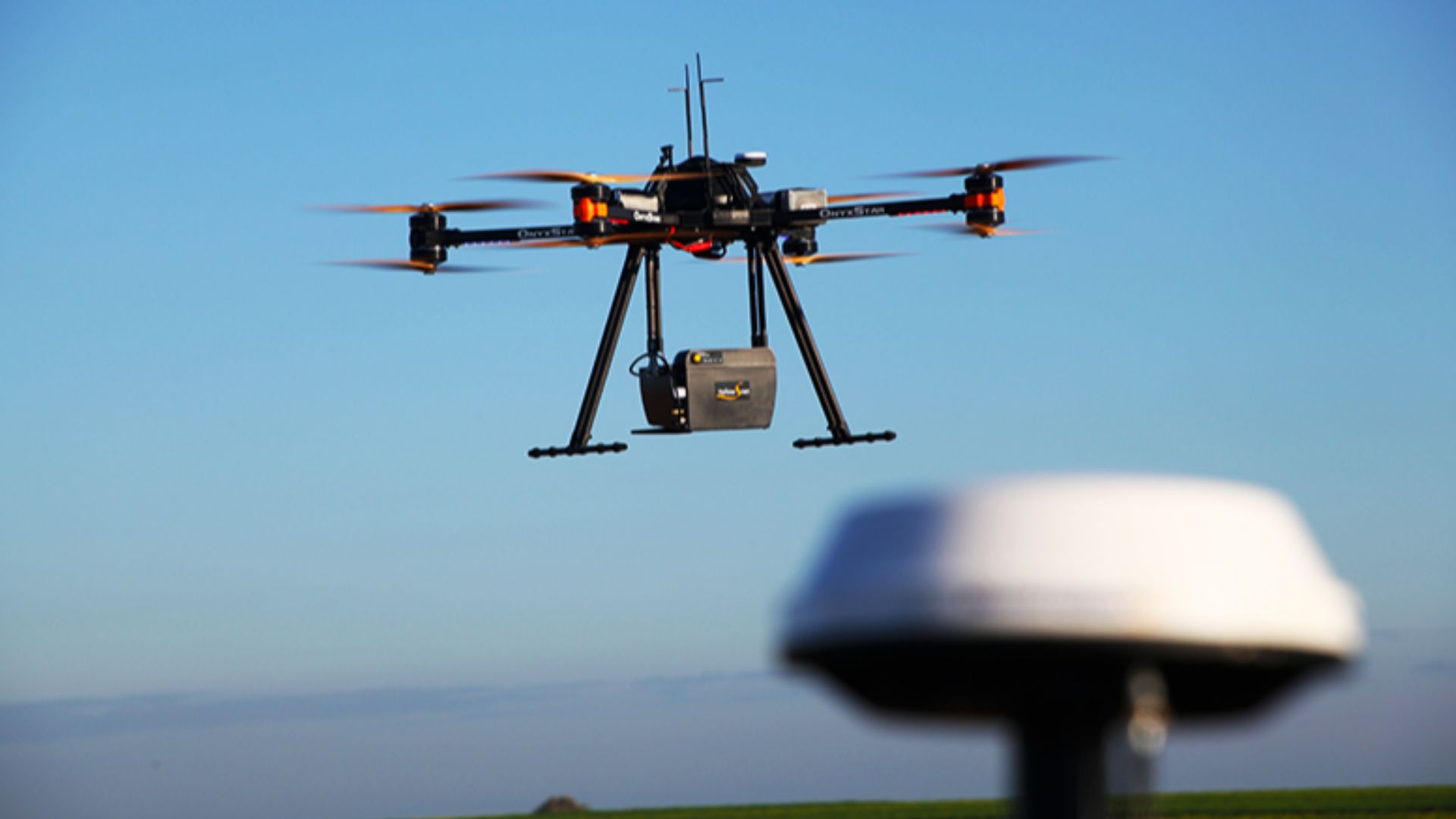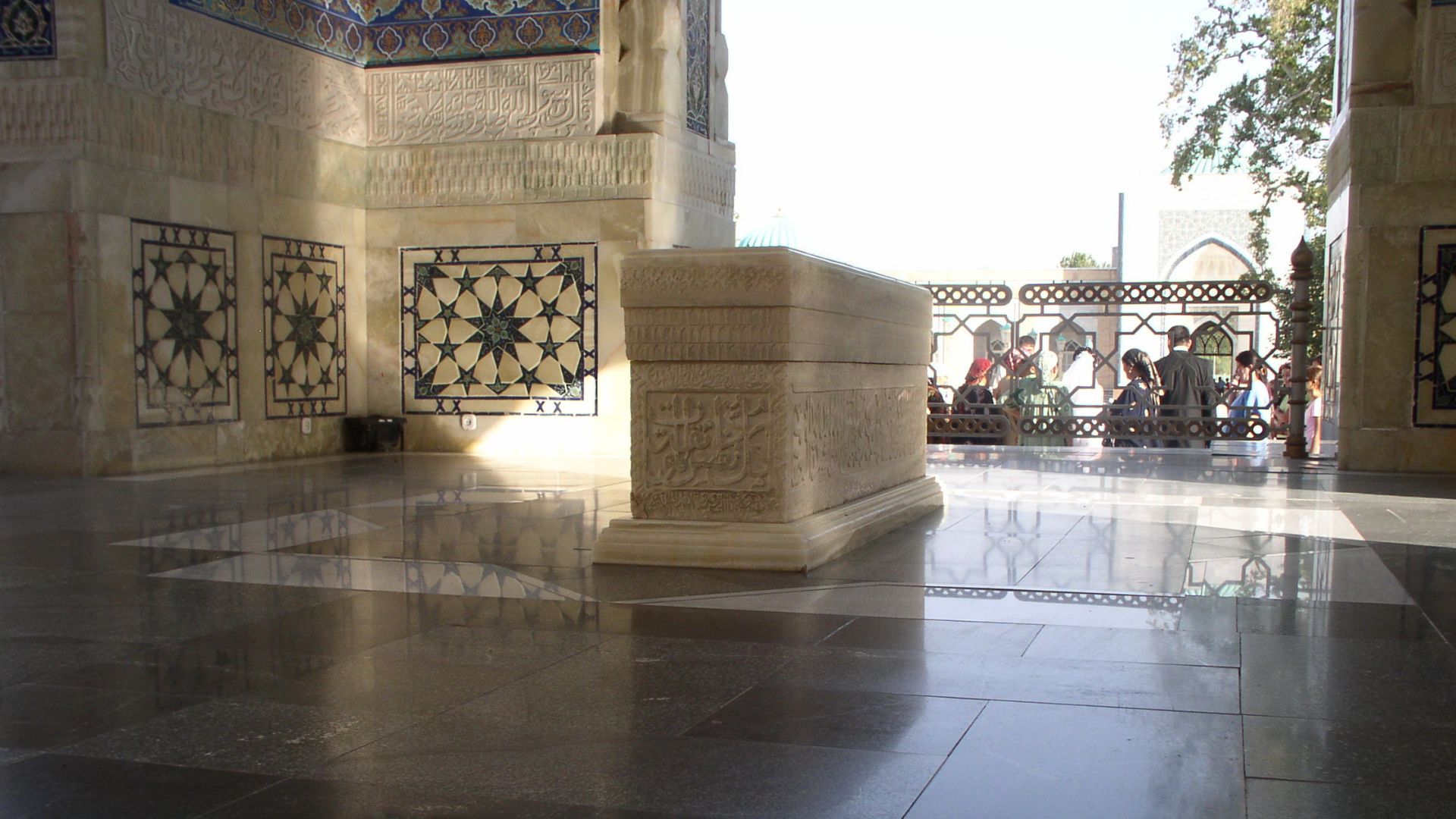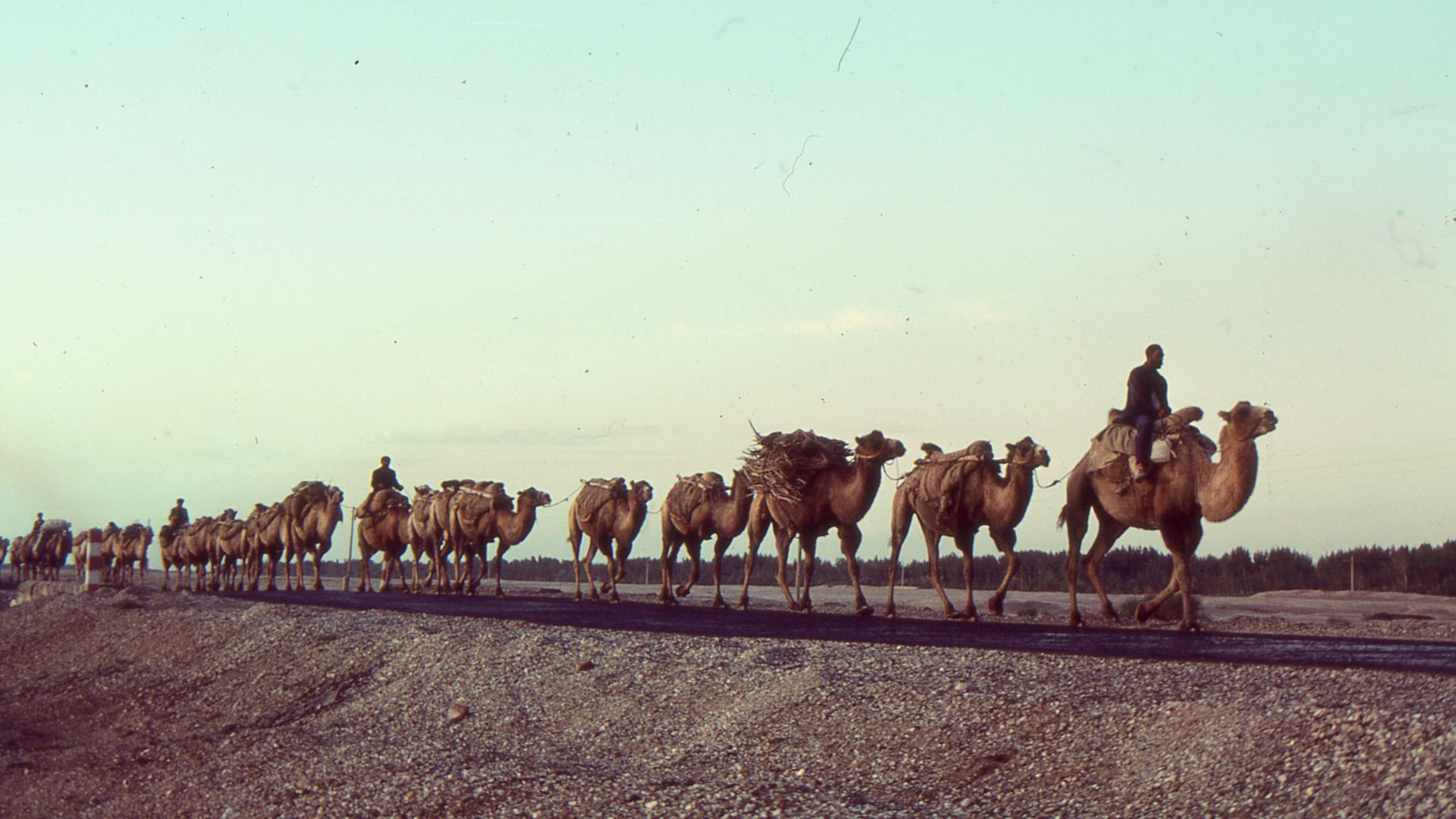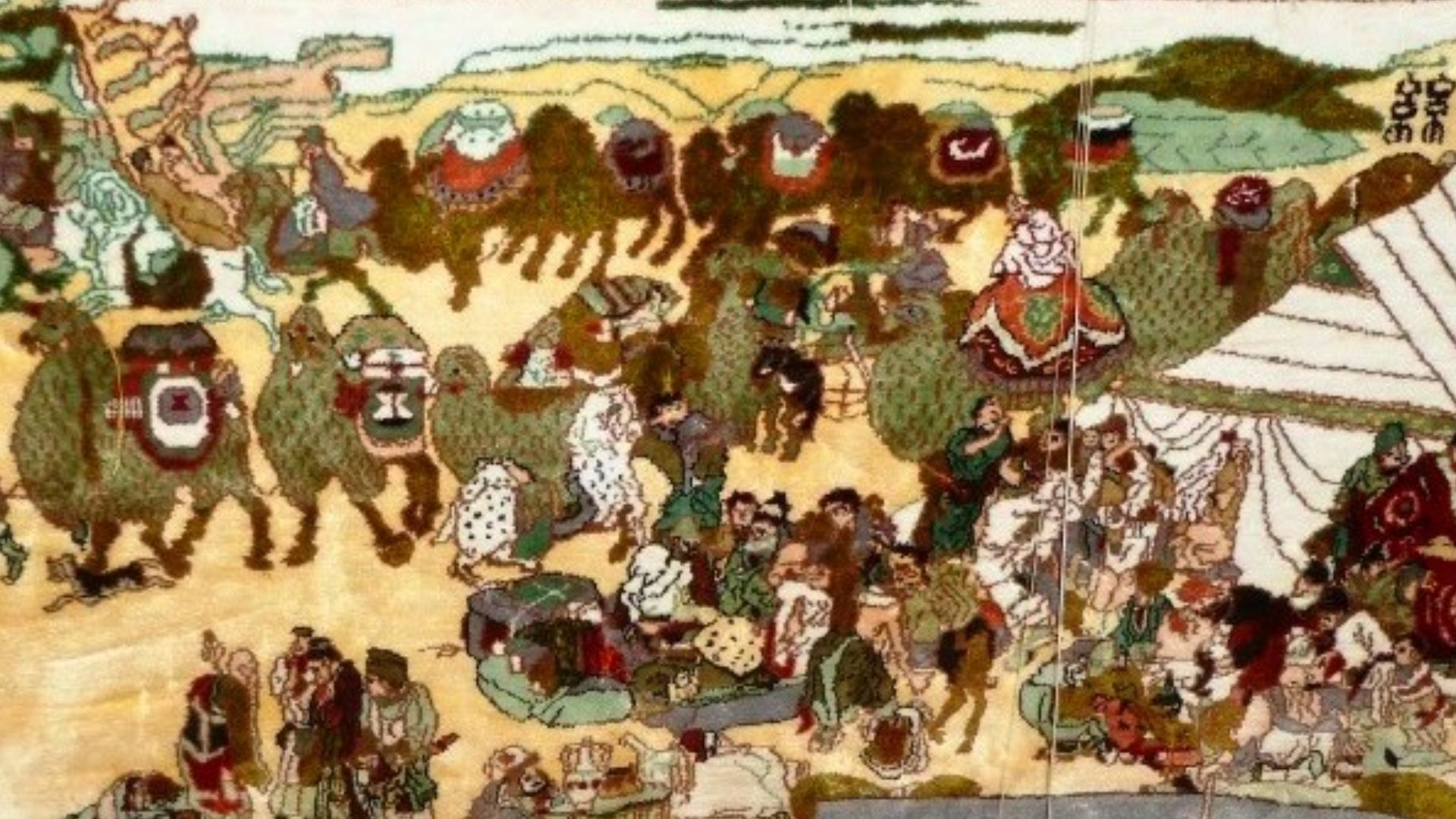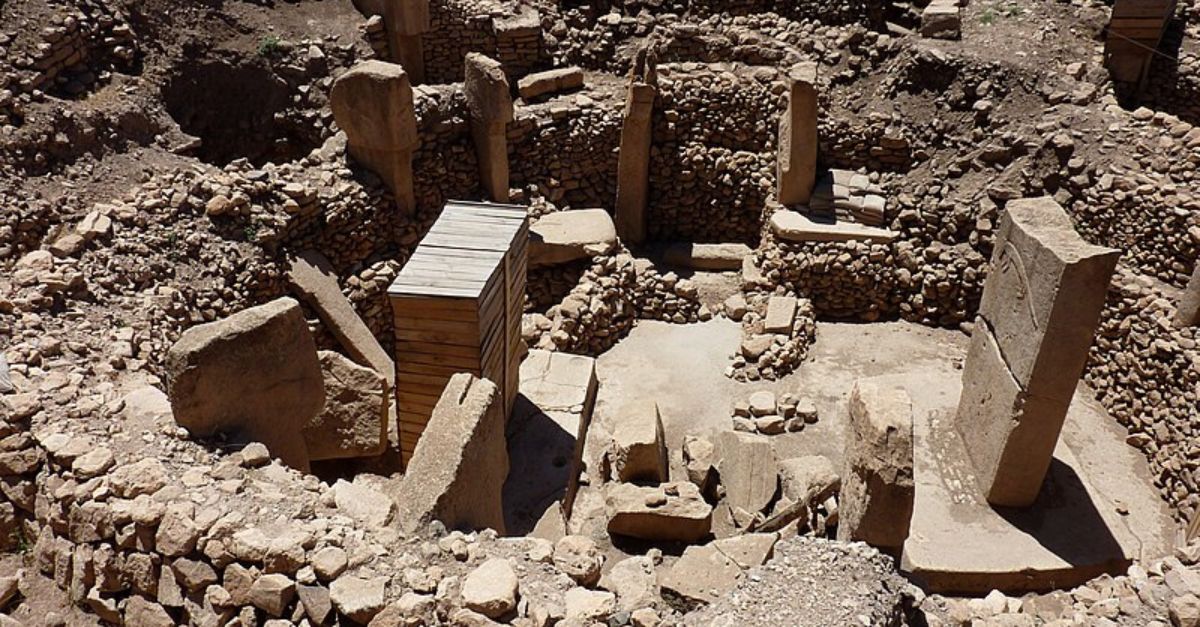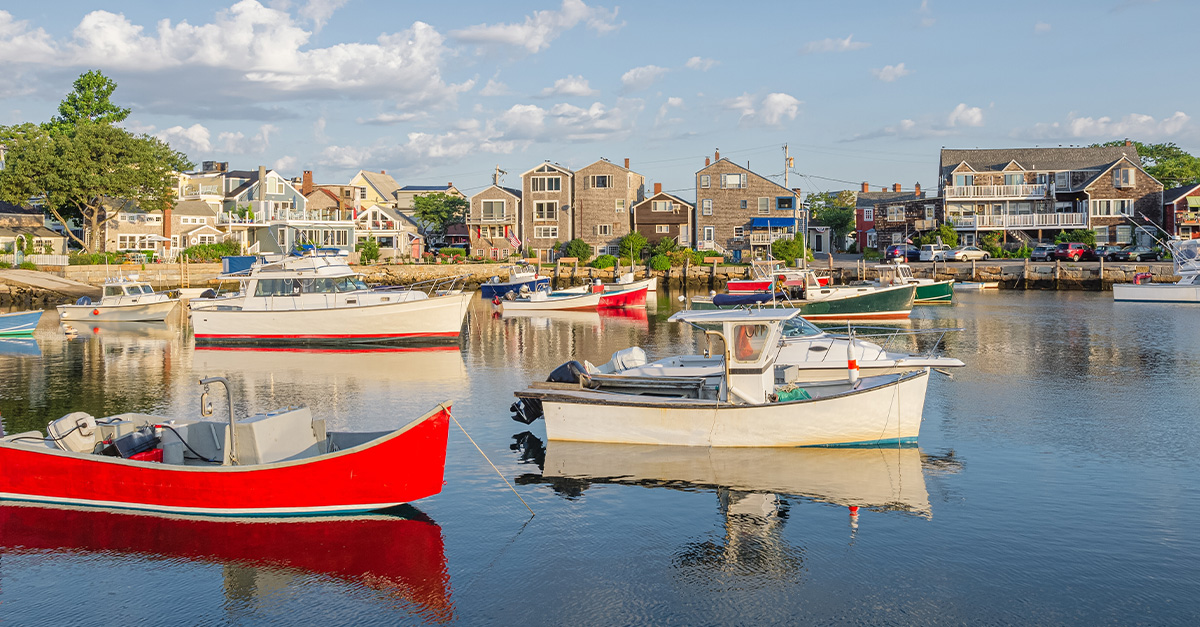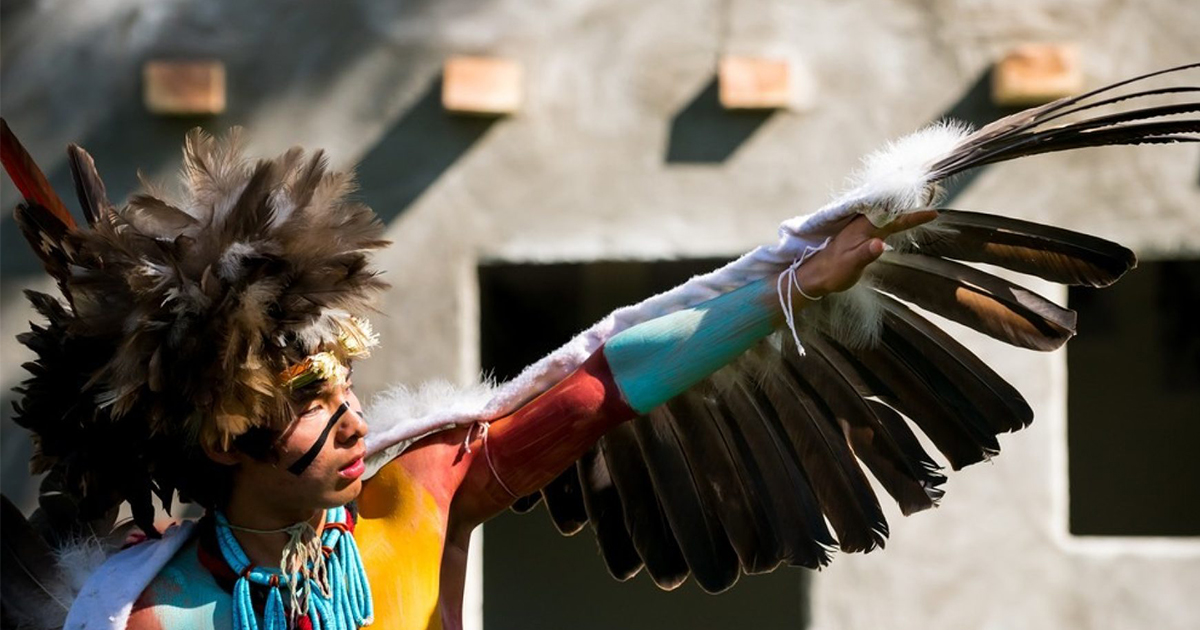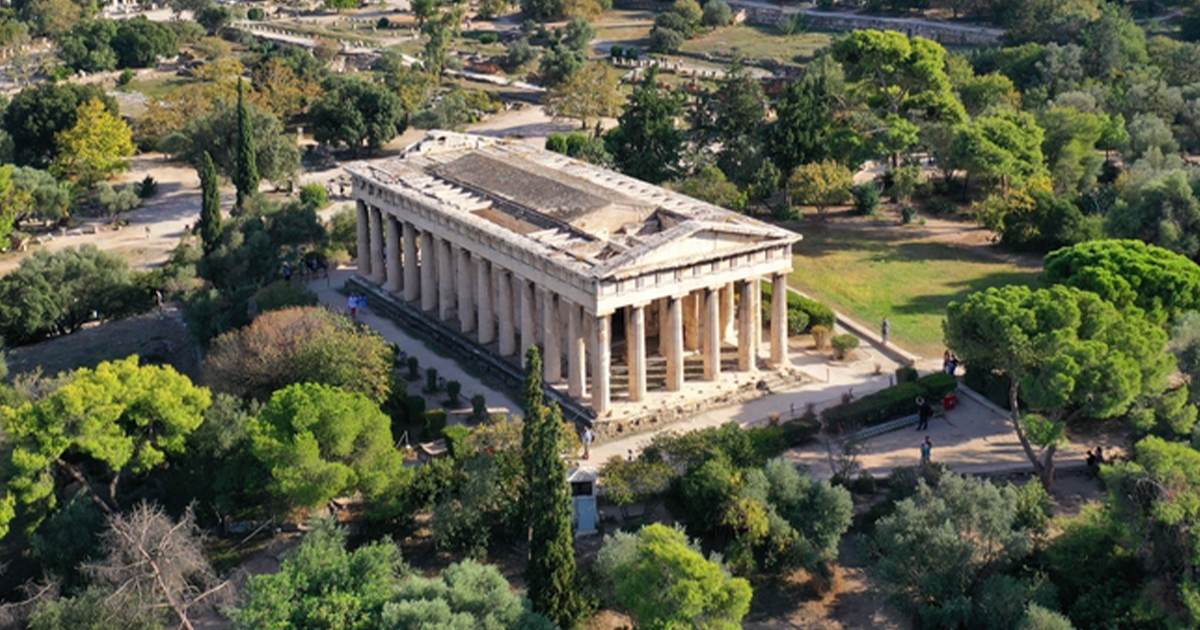Where Silk Meets Snow
High in Uzbekistan’s Turkestan Range, archaeologists have uncovered a medieval mountaintop city that reshapes how we understand the Silk Road. Once assumed too remote for permanent settlement, this valley hosted metalworkers, traders, and families who thrived where snow and sky meet.
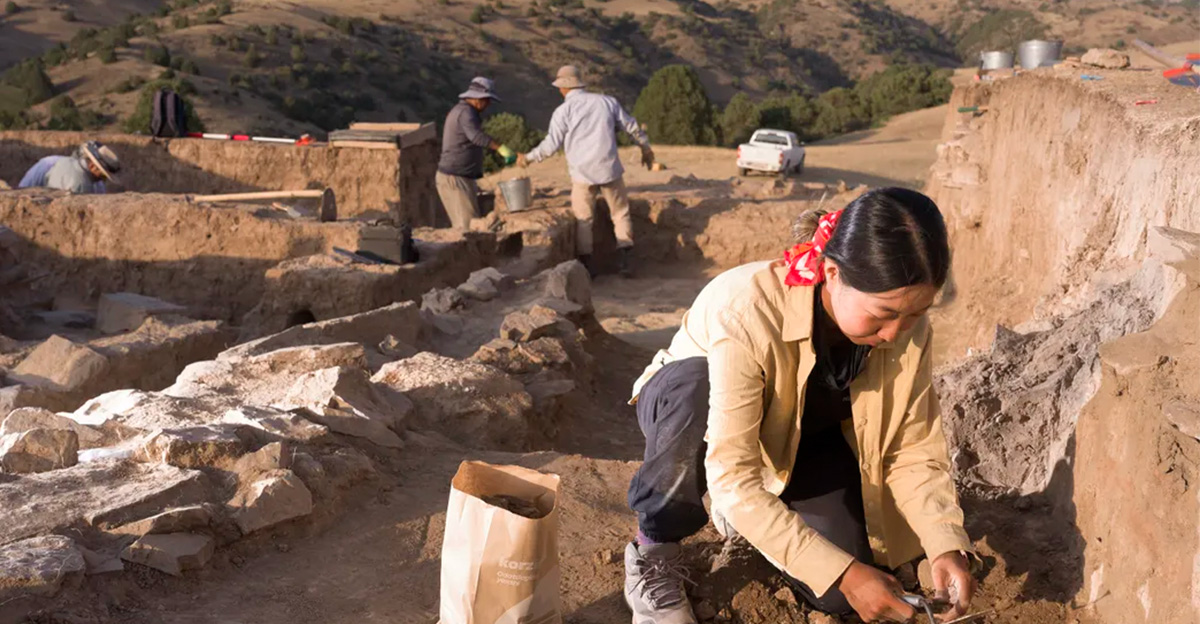
Rethinking The Silk Road
The Silk Road is usually imagined as desert caravans and oasis cities, but this discovery shows routes climbed far into the mountains. Instead of empty highlands, medieval merchants and producers operated in elevated, unexpected hubs.
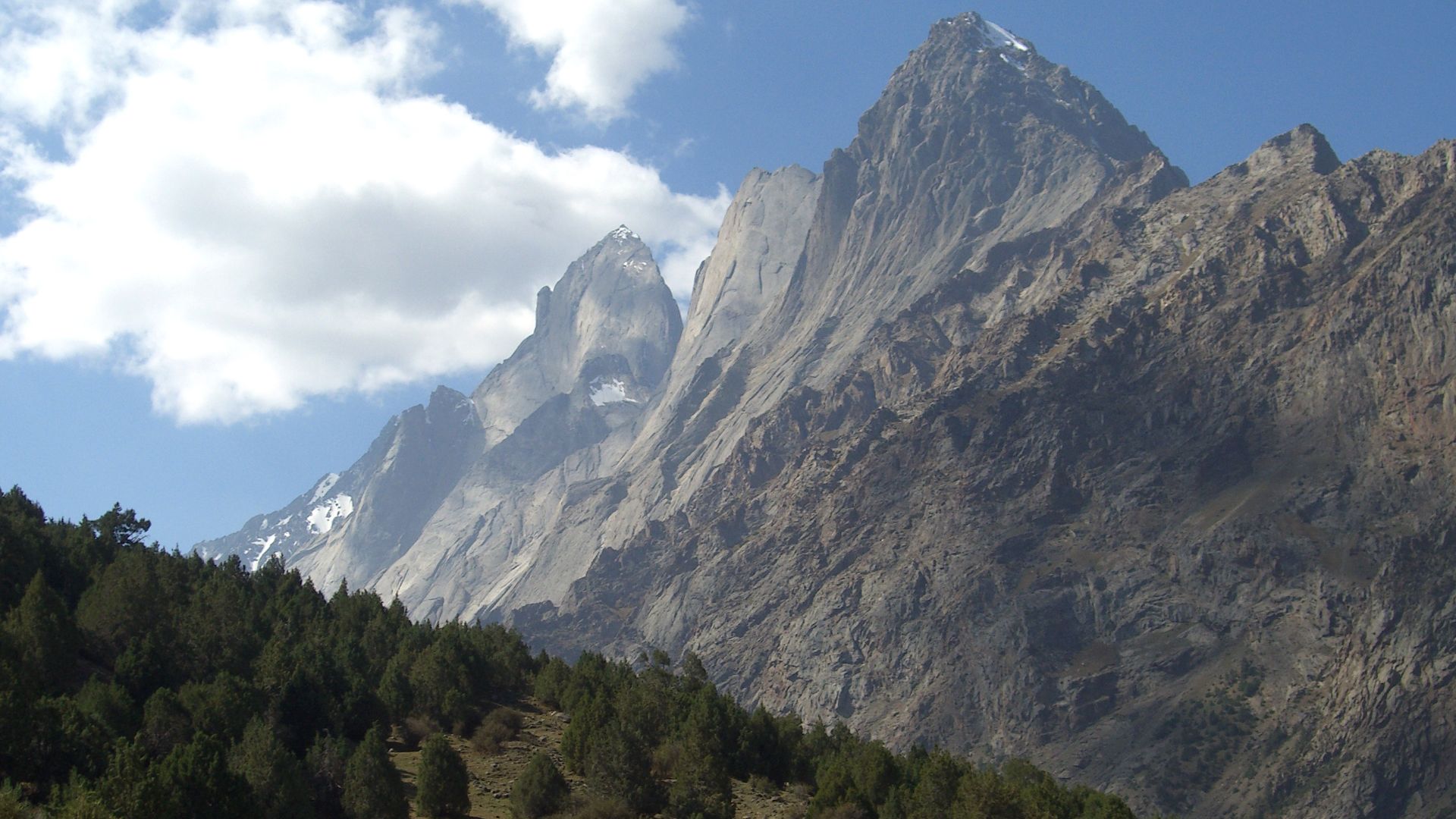 Batken Travel Service, Wikimedia Commons
Batken Travel Service, Wikimedia Commons
A Hidden Valley Reveals Its Past
Tugunbulak, a quiet high-altitude valley, revealed pottery from the sixth to eleventh centuries, surprising researchers. What began as a simple survey quickly revealed evidence of significant medieval occupation far above the lowland Silk Road centers.
The Power Of A Chance Discovery
Hiking at dusk, archaeologists saw straight-lined shadows hinting at buried walls and terraces. Those subtle features signaled a hidden settlement extending across slopes and ridgelines, prompting deeper investigation into what lay beneath.
Lidar Changes Everything
Drone-mounted lidar pierced dense vegetation and steep terrain, exposing terraces, platforms, and road-like ridges across roughly 120 hectares. What looked like natural pastureland revealed itself as a structured medieval metropolis largely erased from view.
A Tale Of Two Mountain Cities
Tugunbulak turned out to be part of a pair. Nearby Tashbulak, once thought seasonal, suddenly made sense as a companion community. Together, they formed an unexpected highland system of industry, residence, and faith.
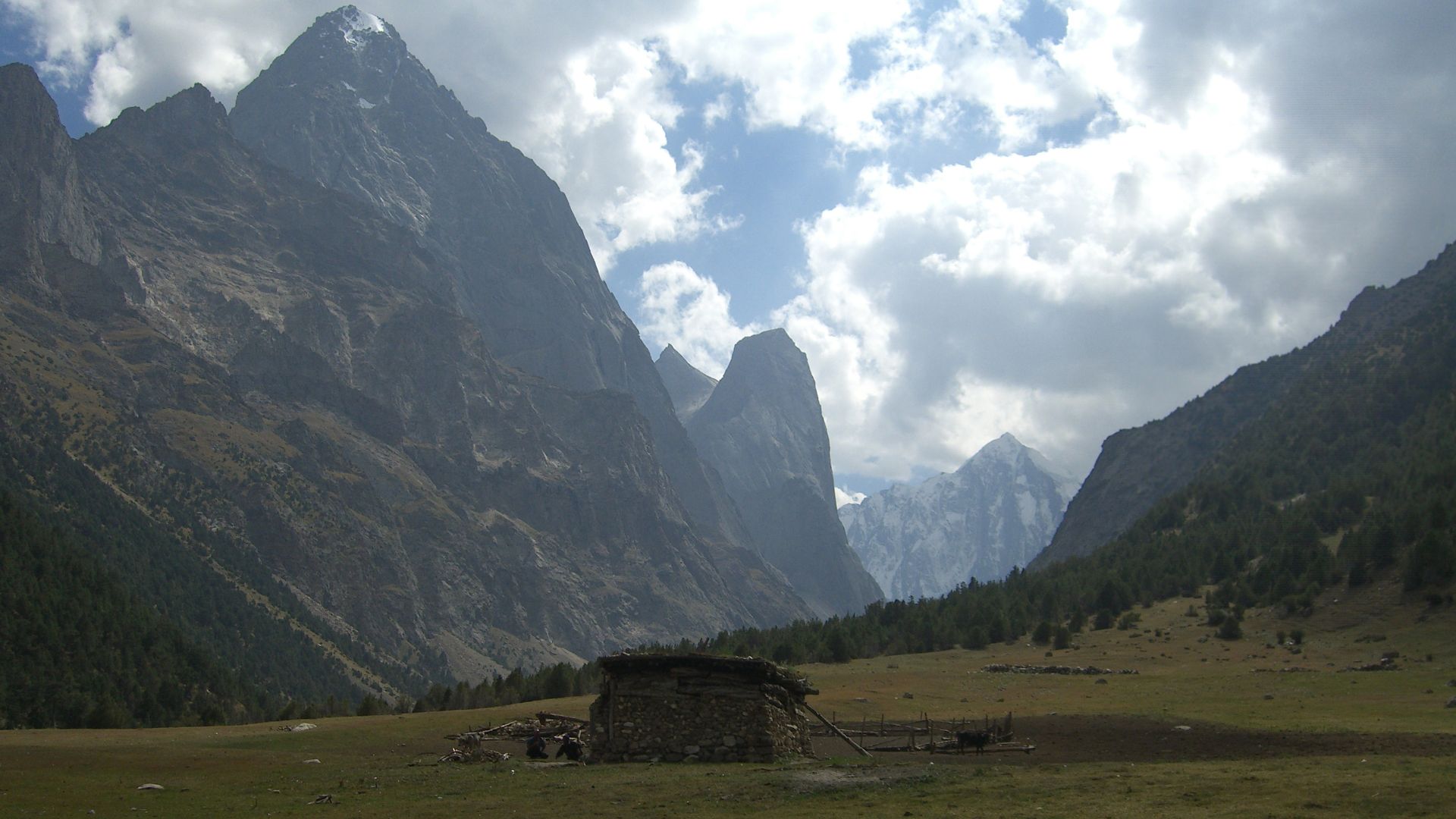 Batken Travel Service, Wikimedia Commons
Batken Travel Service, Wikimedia Commons
What Made Tugunbulak Special
Excavations uncovered furnaces, kilns, and heaps of slag—clear evidence of large-scale ironworking. Local forests supplied charcoal, nearby deposits provided ore, and the city specialized in producing metal for regional consumption and trade.
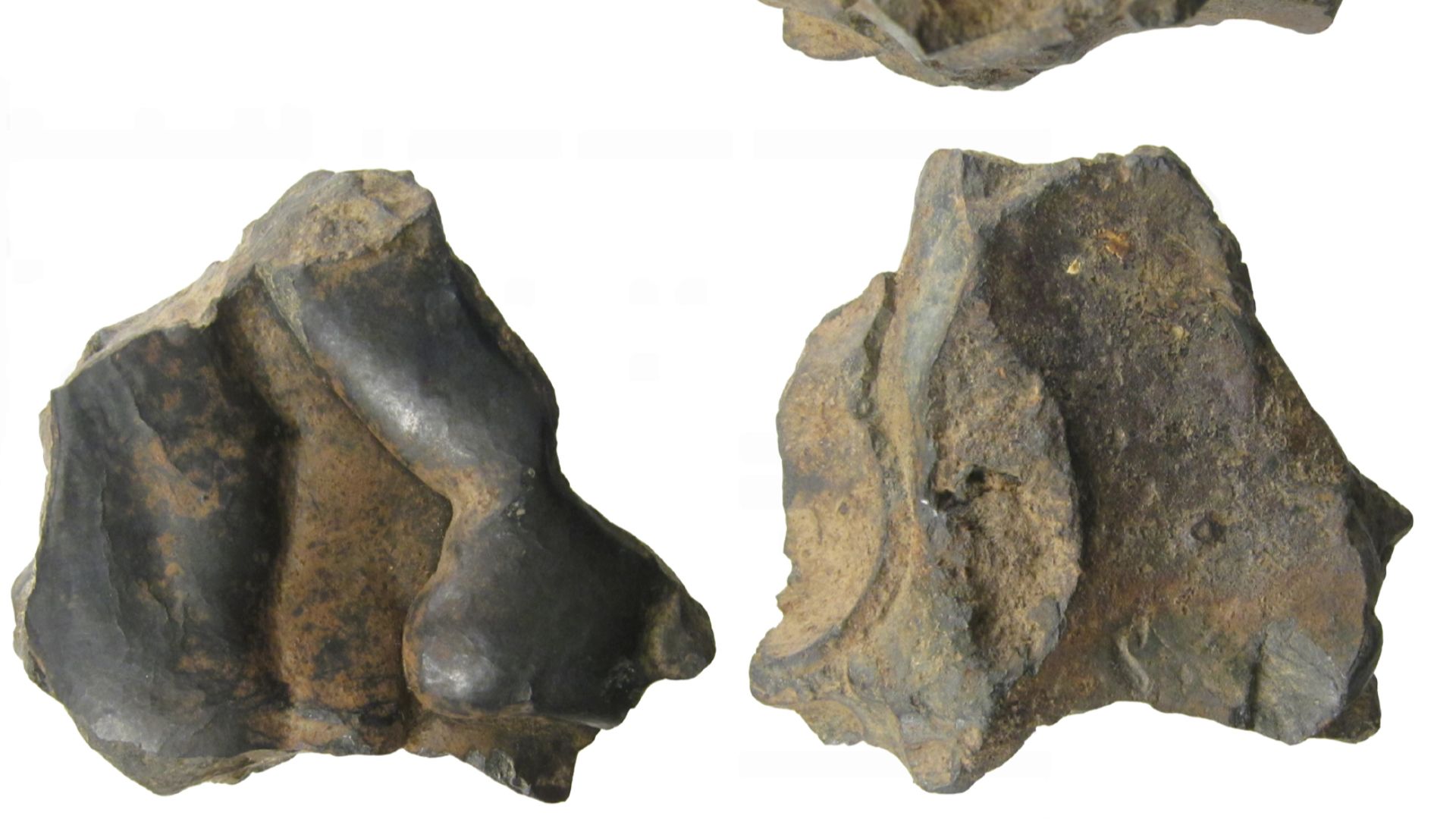 West Yorkshire Archaeology Advisory Service, Amy Downes, 2012-02-21 15:55:43, Wikimedia Commons
West Yorkshire Archaeology Advisory Service, Amy Downes, 2012-02-21 15:55:43, Wikimedia Commons
Fire & Iron In The Mountains
Smoke, hammering, and steady production must have filled the valley. Tools, weapons, and fittings forged here likely traveled widely, showing that these highlands contributed more than pasture—they supplied essential goods.
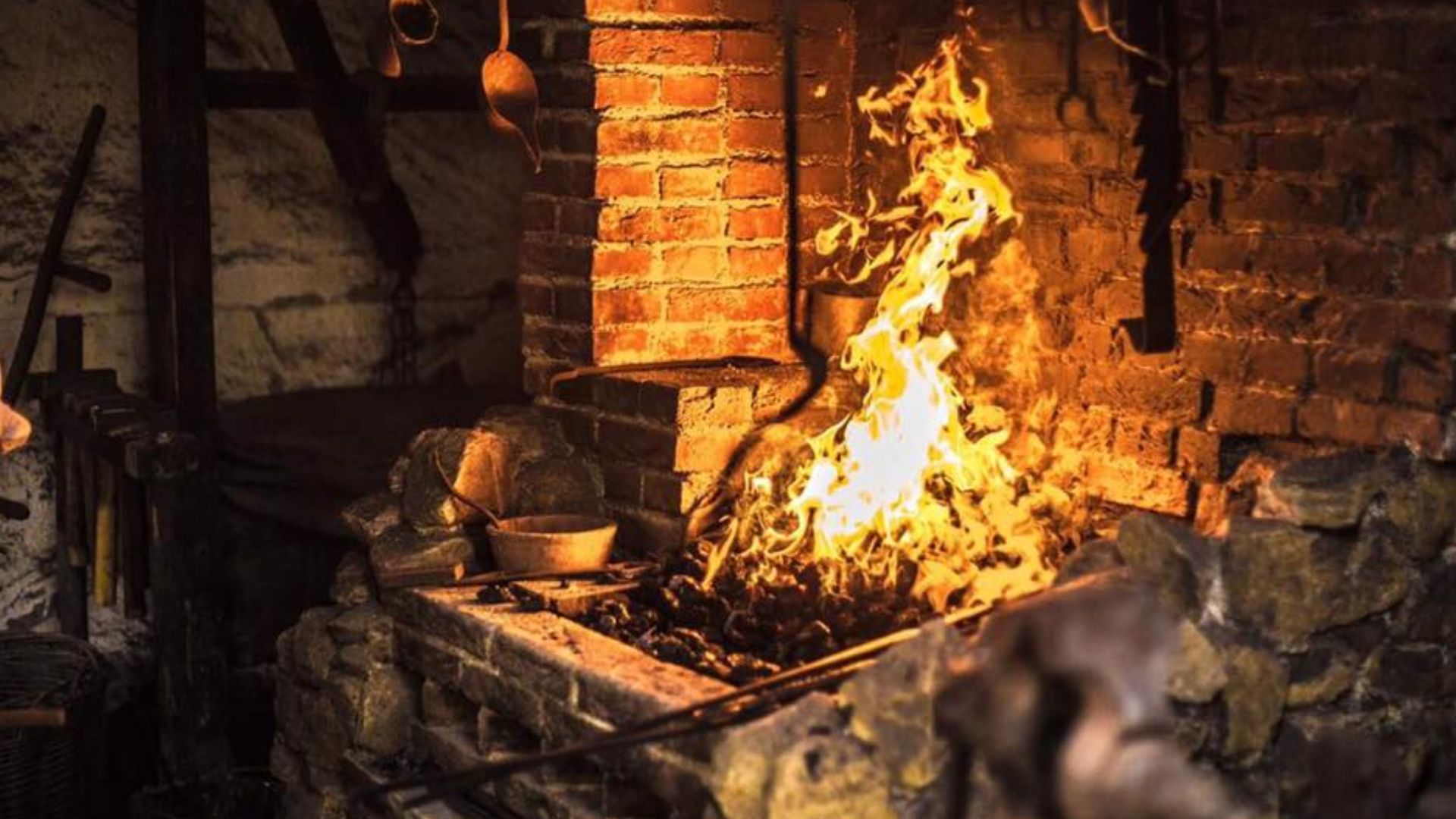 David Brightmore, Wikimedia Commons
David Brightmore, Wikimedia Commons
A Glimpse Into Everyday Life
Alongside industrial debris, researchers found domestic objects like spindle whorls, knives, and ornaments. These artifacts reveal everyday routines, suggesting families lived here permanently rather than using the valley only for seasonal work.
A Remarkable Warrior Burial
A warrior was buried with his horse and gear, including whistling arrowheads and a small pipe. His grave provides a personal snapshot of martial identity, ritual, and craftsmanship within this mountain community.
 Gary Todd from Xinzheng, China, Wikimedia Commons
Gary Todd from Xinzheng, China, Wikimedia Commons
The Evidence Of Coins
Silver Sogdian coins wrapped in textile tied the site to long-distance trade networks. Their inscriptions and dates place Tugunbulak firmly within the Silk Road’s vibrant economic world, rather than on its fringes.
Tashbulak: A Community Of Faith
Tashbulak’s cemetery contained early Islamic burials aligned toward Mecca, marking one of the earliest known Muslim communities in the region. Its religious landscape contrasted with Tugunbulak’s industrial focus, yet complemented it.
A Shift From Nomadic To Settled Life
The area shows a blend of pastoralism and settlement. People managed livestock but also relied on permanent structures, workshops, and cemeteries, revealing a society transitioning toward more rooted, stable lifeways.
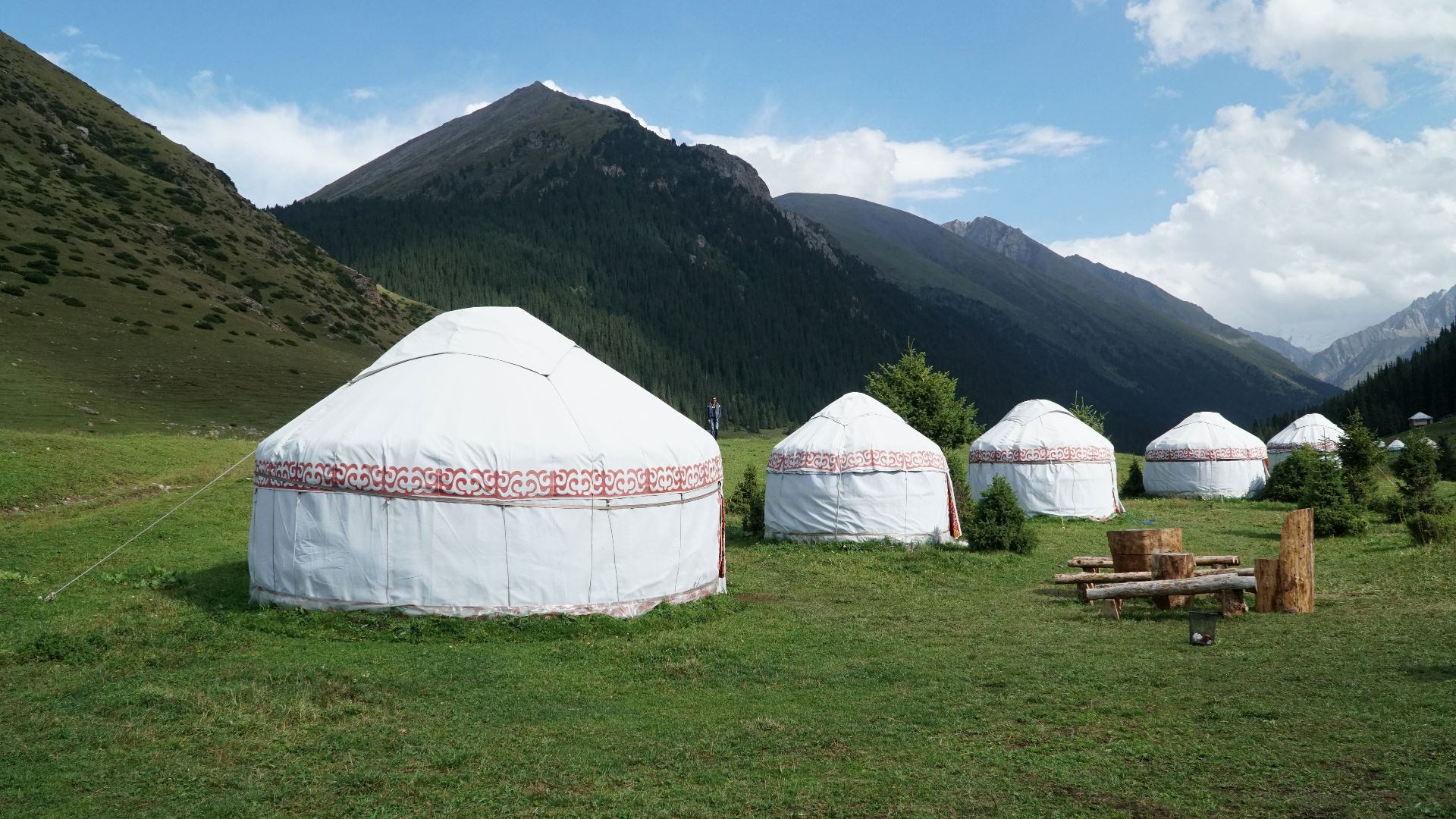 Adam Harangozó, Wikimedia Commons
Adam Harangozó, Wikimedia Commons
Why This Stayed Hidden For So Long
The altitude, snow cover, and dense vegetation disguised the ruins for centuries. Without lidar, the city resembled natural terrain. Only modern technology revealed the true scope of what the mountains concealed.
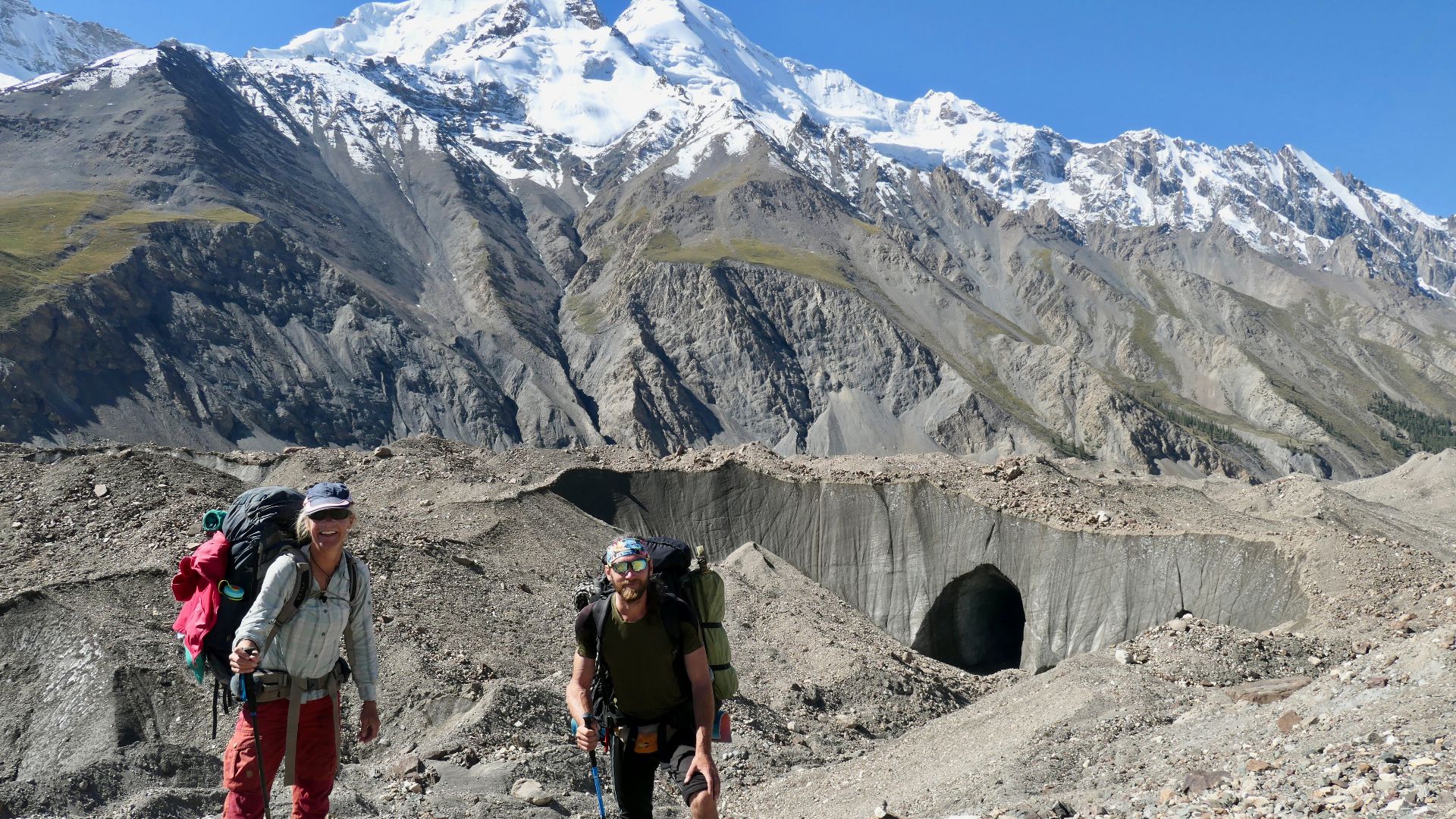 Bruno Rijsman, Wikimedia Commons
Bruno Rijsman, Wikimedia Commons
The Legend Of Marsmanda
A tenth-century account describes Marsmanda, a mountain city famed for meadows and iron. Tugunbulak’s features match remarkably well, prompting speculation that this long-lost place may finally have been identified.
 Cresques Abraham, Wikimedia Commons
Cresques Abraham, Wikimedia Commons
Rewriting Mountain History
These discoveries overturn the idea that mountain peoples were peripheral. Instead, they show that high-altitude communities were productive, influential, and deeply engaged in regional networks central to Silk Road life.
 Bruno Rijsman, Wikimedia Commons
Bruno Rijsman, Wikimedia Commons
A New Silk Road Map
Adding mountain cities to the narrative transforms the Silk Road into a multi-layered web. Trade moved not only across deserts but also through sky-high corridors filled with industry and habitation.
Lowland & Highland Partnerships
Metal, livestock, and textiles flowed from the highlands, while markets, merchants, and administration thrived below. Rather than separate worlds, the two landscapes participated in tightly interlinked exchange.
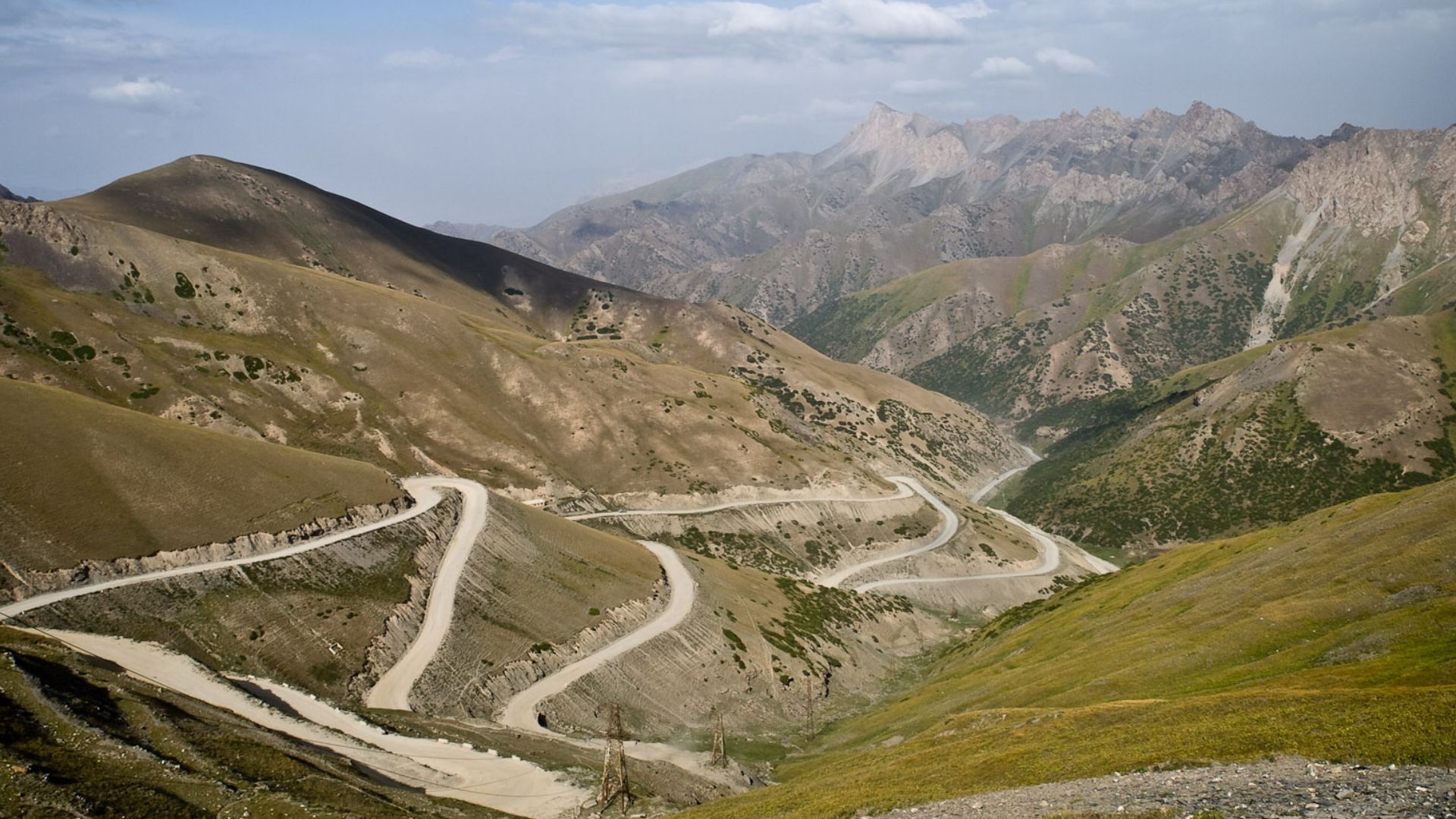 Gustavo Jeronimo from Aranjuez, Spain, Wikimedia Commons
Gustavo Jeronimo from Aranjuez, Spain, Wikimedia Commons
Unanswered Questions
Major mysteries remain: how the city was governed, why it fell, and how residents balanced metalworking, faith, and pastoralism. Continued excavation will gradually fill these historical gaps.
 Jim Champion, Wikimedia Commons
Jim Champion, Wikimedia Commons
The Role Of Climate & Ecology
Iron smelting required massive charcoal use, putting pressure on forests. Climate shifts affecting snow, water, or grazing may also have contributed to the site’s eventual decline or abandonment.
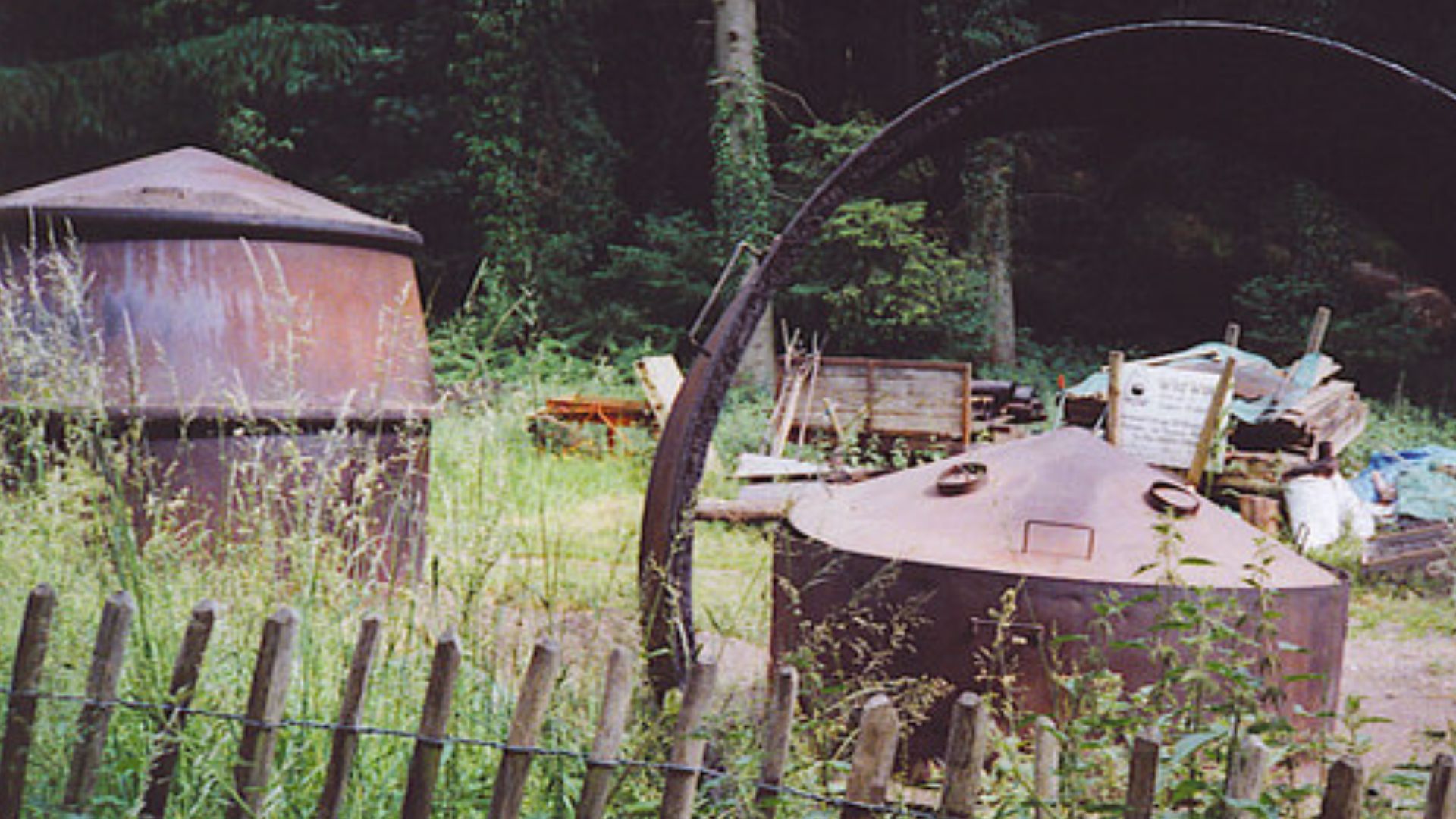 Colin Smith, Wikimedia Commons
Colin Smith, Wikimedia Commons
More Cities Still Hidden
The surrounding mountains remain underexplored. Lidar surveys could reveal additional high-altitude settlements, suggesting that medieval urbanization reached farther into the mountains than previously believed.
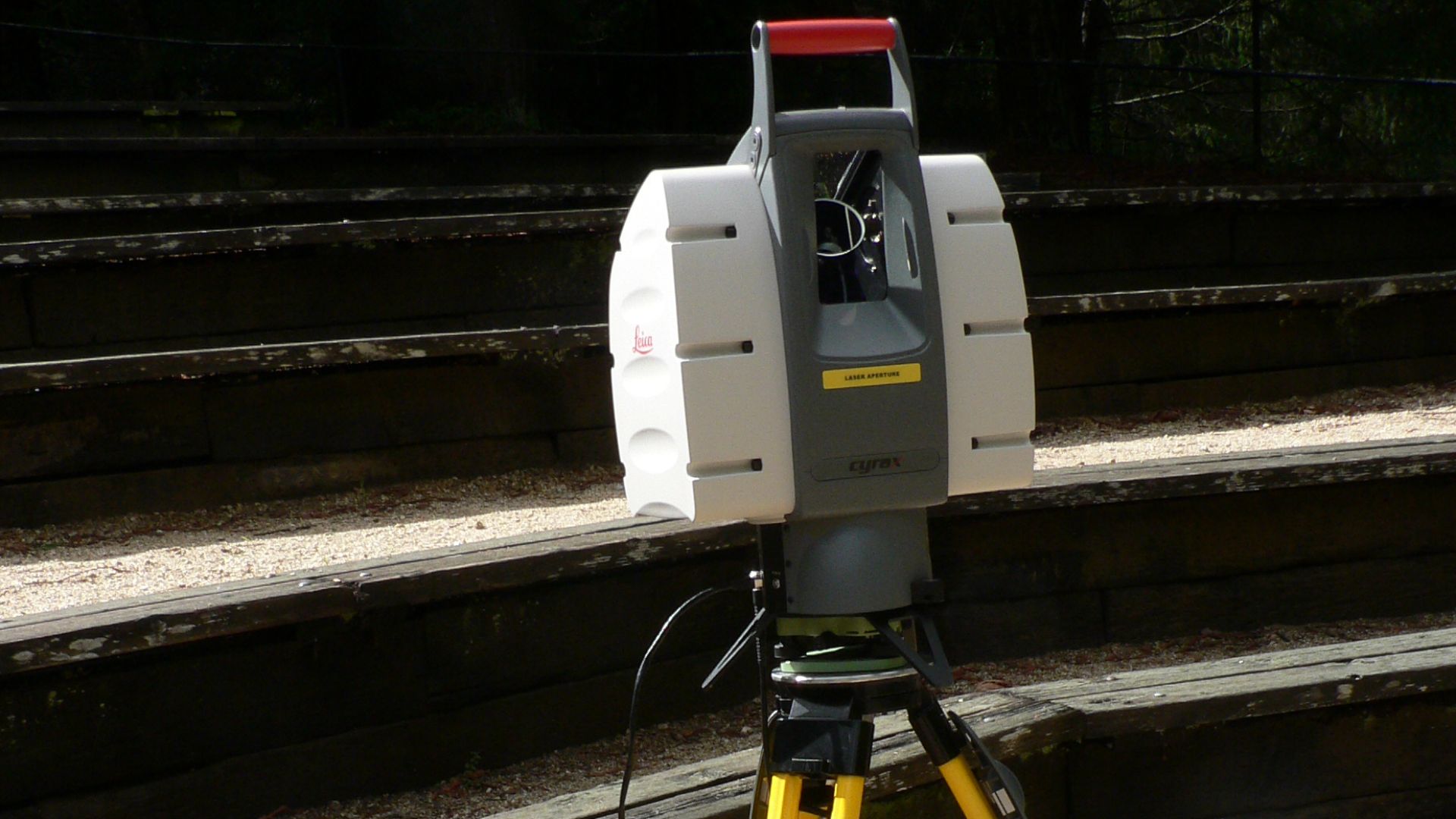 David Monniaux, Wikimedia Commons
David Monniaux, Wikimedia Commons
A Technological Turning Point
Tugunbulak demonstrates how lidar can revolutionize archaeology in inaccessible landscapes. As scanning becomes more common, many more hidden cities may emerge across rugged regions worldwide.
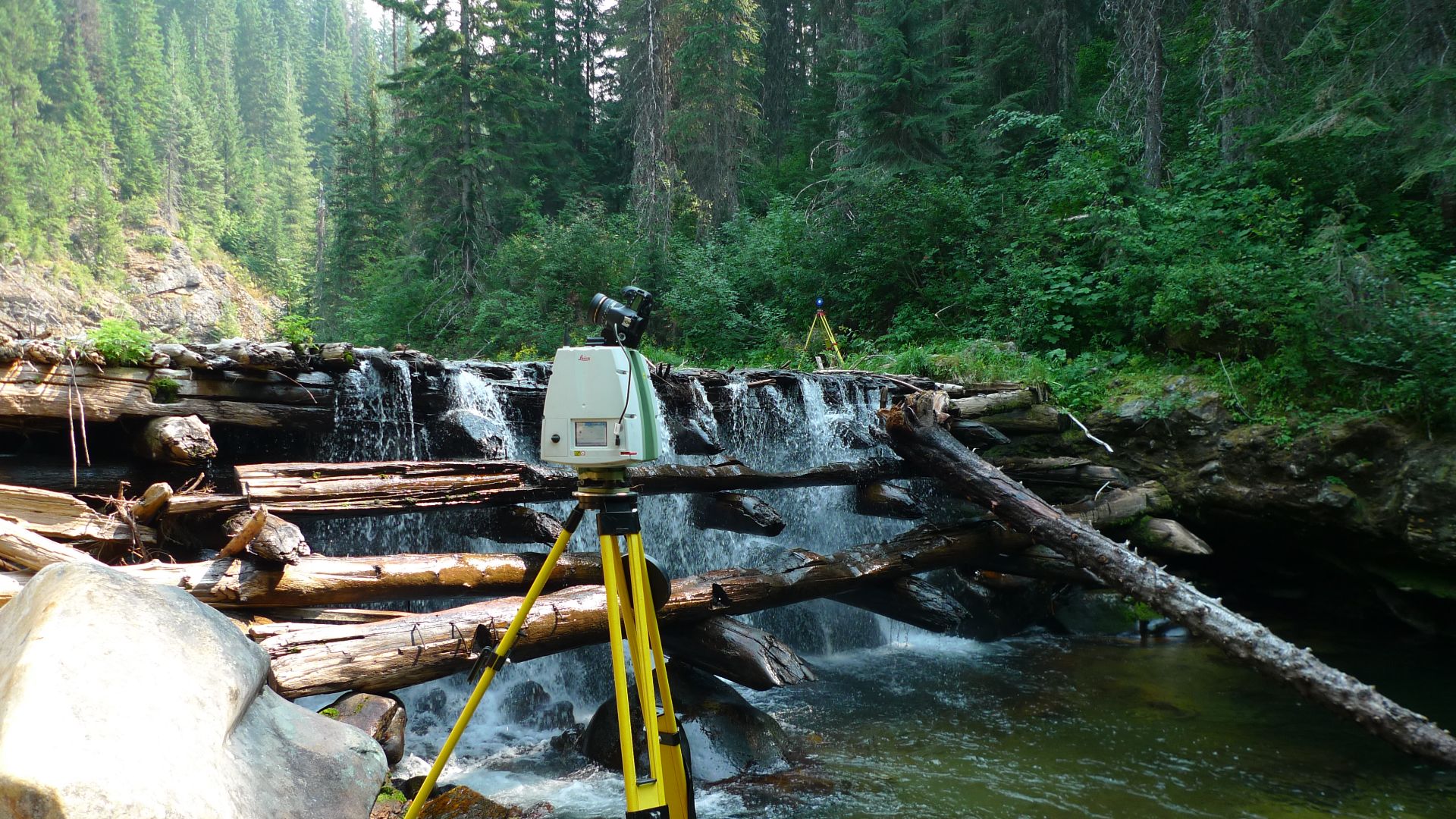 Forest Service - Northern Region, Wikimedia Commons
Forest Service - Northern Region, Wikimedia Commons
The Imagination Awakens
This rediscovery invites vivid imagery: caravans climbing steep paths, smiths forging metal in thin mountain air, and families establishing lives in unlikely, sky-high neighborhoods once forgotten.
 Edwin Lord Weeks, Wikimedia Commons
Edwin Lord Weeks, Wikimedia Commons
Transforming The Study Of Nomads
The site shows that mobility and settlement coexisted. Nomadic groups operated workshops, maintained cemeteries, and built substantial structures, complicating the traditional view of steppe cultures.
 1) P. Wertmann; 2)E. V. Stepanova; 3) Ch. Taylor; 4) E. V. Stepanova, Wikimedia Commons
1) P. Wertmann; 2)E. V. Stepanova; 3) Ch. Taylor; 4) E. V. Stepanova, Wikimedia Commons
A Convergence Of Cultures
Sogdian coins, Islamic burials, and steppe warrior artifacts reveal a cultural blend shaped by trade and exchange. Tugunbulak stood at the crossroads of Eurasian ideas, technologies, and beliefs.
 Bogaevskii, Nikolai V., 1843-1912, Wikimedia Commons
Bogaevskii, Nikolai V., 1843-1912, Wikimedia Commons
Reimagining Medieval Eurasia
With highland centers included, the Silk Road becomes a richer mosaic of interconnected zones. Mountain industry, lowland markets, and nomadic mobility all contributed to a vast shared economy.
An Ongoing Archaeological Adventure
Future digs will clarify the city’s layout, identify civic buildings, and possibly uncover inscriptions. Each excavation season promises new discoveries and deeper understanding of this mountain world.
 Crossrail/MOLA, Wikimedia Commons
Crossrail/MOLA, Wikimedia Commons
Into The Future
As technology advances, archaeologists expect more highland surprises. Central Asia’s mountains may prove to be dense with forgotten settlements, shifting how we imagine medieval landscapes.
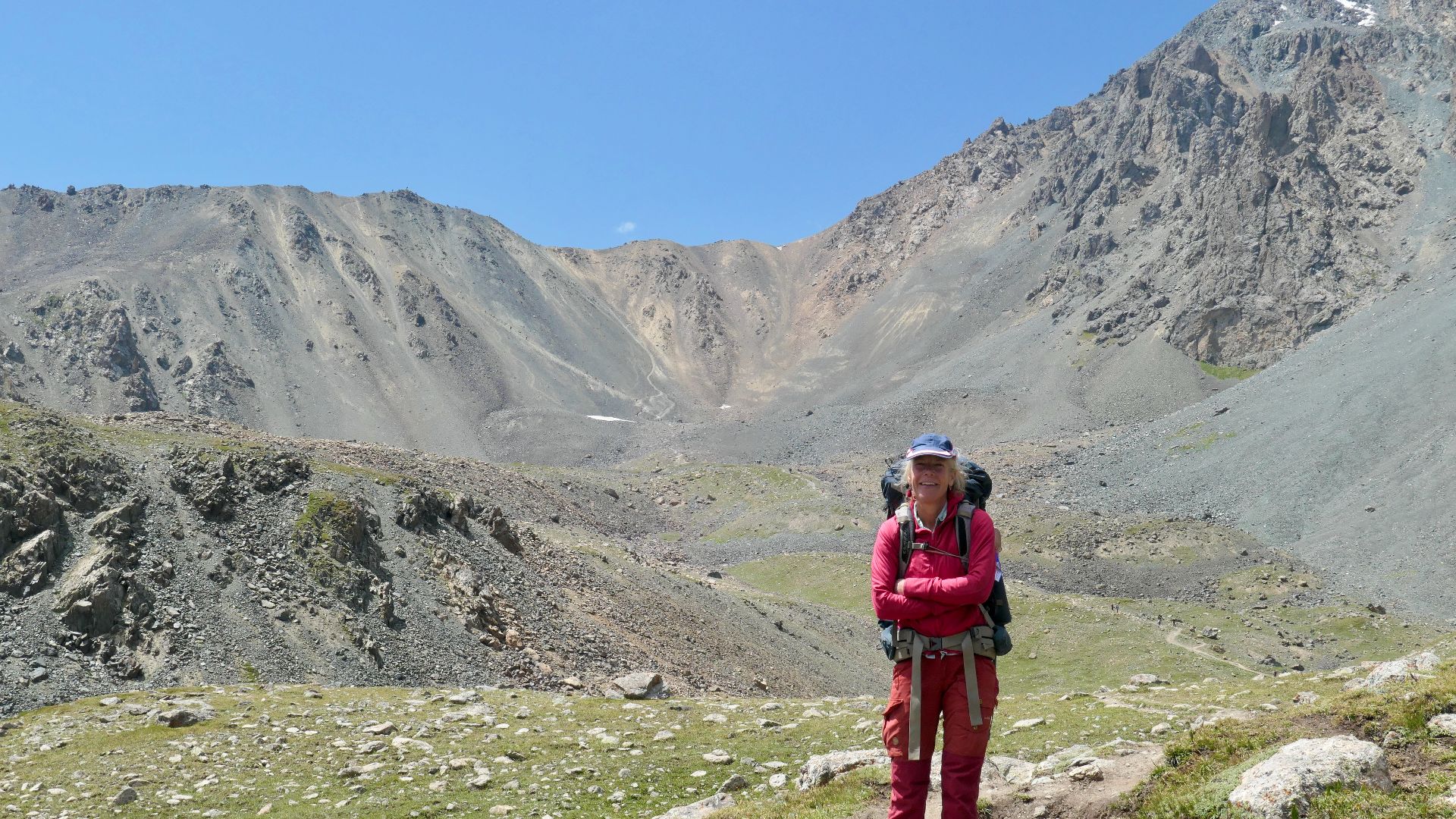 Bruno Rijsman, Wikimedia Commons
Bruno Rijsman, Wikimedia Commons
When Mountains Became Marketplaces
Tugunbulak and Tashbulak show that the Silk Road reached far beyond valleys and deserts. These high-altitude cities transformed rugged peaks into thriving centers of production, faith, and exchange—and restored mountains to their rightful place in Silk Road history.
 Akobirolmasov diplomat, Wikimedia Commons
Akobirolmasov diplomat, Wikimedia Commons
You May Also Like:
39 Foods With Misleading Names—And What They Actually Are
The Most Dangerous Selfie Spots In The World
The States Most Likely To Survive The End Of The World—According To Data


